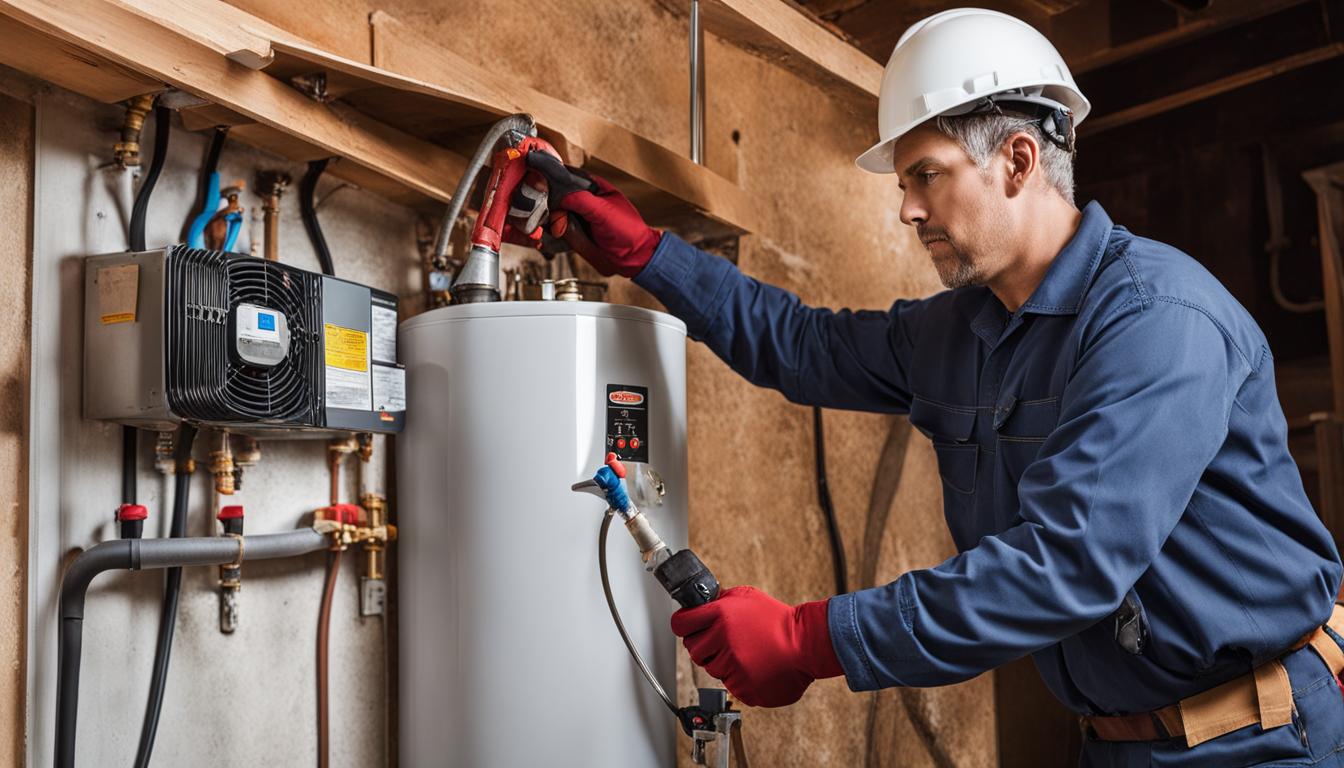The writer is making several great observations regarding How to Maintain Your Water Heater & Prolong its Life as a whole in the article following next.

Warm water is necessary for everyday convenience, whether it's for a rejuvenating shower or cleaning meals. To guarantee your warm water system runs effectively and lasts much longer, routine upkeep is crucial. This post supplies functional ideas and understandings on exactly how to preserve your home's warm water system to prevent interruptions and expensive repair work.
Introduction
Maintaining your home's hot water system might seem daunting, yet with a couple of straightforward steps, you can ensure it operates smoothly for several years ahead. This overview covers everything from recognizing your warm water system to DIY maintenance tips and knowing when to call specialist assistance.
Significance of Maintaining Your Warm Water System
Normal upkeep not just expands the life-span of your warm water system yet additionally guarantees it runs effectively. Neglecting upkeep can bring about lowered performance, greater power expenses, and even premature failure of the system.
Signs Your Hot Water System Demands Upkeep
Recognizing when your warm water system needs attention can protect against significant problems. Look out for indicators such as inconsistent water temperature, weird noises from the heater, or corroded water.
Flushing the Water Heater
Purging your water heater gets rid of debris build-up, enhancing efficiency and lengthening its life.
Checking and Replacing Anode Rods
Anode poles avoid corrosion inside the container. Examining and changing them when worn out is critical.
Complicated Issues Needing Professional Aid
Examples consist of major leakages, electrical troubles, or if your water heater is continually underperforming.
Routine Specialist Maintenance Benefits
Expert maintenance can consist of complete evaluations, tune-ups, and making certain compliance with safety and security standards.
Checking and Adjusting Temperature Level Settings
Changing the temperature level settings makes certain optimal efficiency and safety.
DIY Tips for Upkeep
You can perform a number of upkeep tasks on your own to keep your warm water system in top problem.
Checking for Leakages
On a regular basis inspect pipelines and connections for leakages, as these can result in water damages and greater bills.
Comprehending Your Warm Water System
Before diving into upkeep tasks, it's valuable to comprehend the standard components of your hot water system. Normally, this consists of the water heater itself, pipelines, anode poles, and temperature level controls.
Monthly Maintenance Tasks
Normal monthly checks can help catch small concerns before they intensify.
Checking Stress Alleviation Valves
Examining the pressure relief valve guarantees it functions properly and protects against excessive stress build-up.
Protecting Pipelines
Shielding warm water pipelines reduces heat loss and can save power.
When to Call a Specialist
While do it yourself upkeep is beneficial, some issues need expert know-how.
Verdict
Regular maintenance of your home's hot water system is important for performance, long life, and price financial savings. By following these tips and knowing when to seek professional help, you can guarantee a reputable supply of hot water without unforeseen interruptions.
How to Maintain an Instant Hot Water Heater
Before tinkering with your hot water heater, make sure that it’s not powered on. You also have to turn off the main circuit breaker and shut off the main gas line to prevent accidents. Also turn off the water valves connected to your unit to prevent water from flowing into and out of the appliance. 2. When you’re done, you have to detach the purge valves’ caps. These look like the letter “T†and are situated on either side of the water valves. Doing so will release any pressure that has accumulated inside the valves while at the same time avoid hot water from shooting out and burning your skin. 3. When the purge valves’ caps are removed, you have to connect your hosing lines to the valves. Your unit should have come with three hoses but if it didn’t, you can purchase these things from any hardware or home repair shops. You can also get them from retail stores that sell water heating systems. Read the user’s manual and follow it to complete this task properly. When the hosing lines are connected, open the purge port’s valves. 4. You should never use harsh chemical cleaners or solutions when cleaning your unit. Make use of white vinegar instead. It should be undiluted and you’ll probably use about 2 gallons. 5. Now flush your water heater. This task should probably take about 40 minutes. We can’t give you specific directions for this because the procedure is carried out depending on the type, model and brand of your heater. With that being said, refer to the user’s manual. 6. When you’re done draining the unit, you have to turn off the purge port valves again. Remove the hosing lines that you earlier installed on each of the water valves. Put the valve caps (purge port) back in their respective places and be very careful so as not to damage the rubber discs that are found inside these caps. 7. Now that everything’s back in place, check your user’s manual again to find out how to reactivate your water heating system. 8. Once it is working, turn one of your hot water faucets on just to let air pass through the heater’s water supply pipes. Leave the tap on until water flows smoothly out of it. https://www.orrplumbing.com/blog/2014/september/how-to-maintain-an-instant-hot-water-heater/

I ran across that blog entry on How to Maintain a Hot Water Heater in a Few Simple Steps when doing a search on the web. Enjoyed reading our article? Please quickly share it. Let somebody else find it. Thanks for being here. Please stop by our site back soon.
Call Today